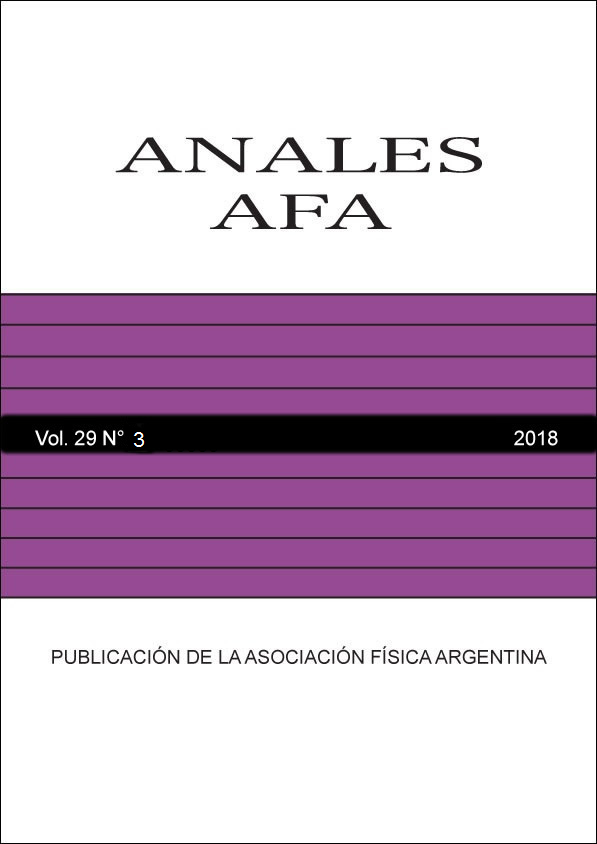Edge detection in continuous-range sequences
Abstract
It is presented a method for border detection or changes in stationarity in sequences of continuous range values such as those obtained in electromyography (EMG) or in electroencephalograms (EEG) records. The detection of a change of stationarity in a temporal sequence as those mentioned is of interest in the recognition of the start of muscle contractions in EMG or the start of an epileptic crisis in EEG records.
The segmentation point in a temporal series is the position in the sequence where the statistical properties change. The method that we propose is based on the Jensen-Shannon Divergence (JSD) calculation between the segments that makes the sequence. JSD is a measure of distance between probability distributions. For its calculation we approximate the probability densities in each segment by the kernel density approximation method.
To make use of this method a position in the sequence is chosen a segmentation point and the JSD is calculated between the probability densities of each segment so defined. The procedure is repeated for each position in the sequence. The segmentation point is identified with the position that gives the maximum value for the JSD.
We evaluate the method here proposed by analyzing synthetic signals similar to EMG signals.




